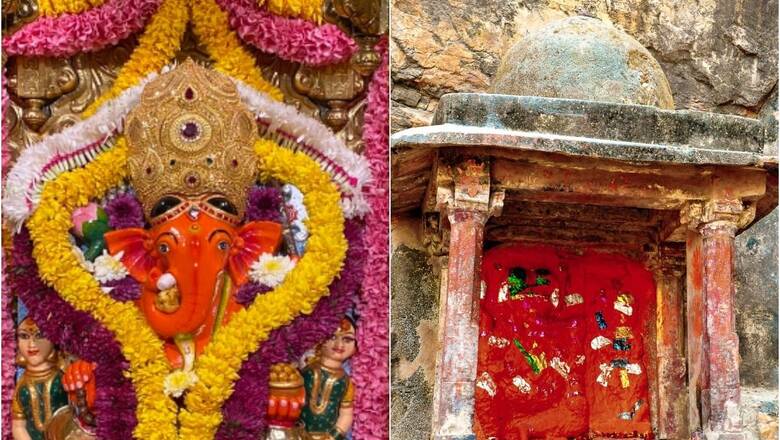
views
GANESH CHATURTHI 2023: Lord Ganesha, also called Ganapati and Siddhivinayak, is one of the foremost revered divine figures among the Hindu gods. Son of Lord Shiva and Goddess Parvati, Ganesha is believed to remove the obstacles in his devotee’s path and bring them good fortune. The birth of Ganesh Chaturthi is a whole lot of grandeur and pomp by Hindus across the world on Chaturthi Tithi of Shukla Paksha of Bhadrapada, according to the Hindu calendar. This year, the festival will be celebrated on September 19. The celebrations end with Ganesh Visarjan, on September 28. Here, we look at five iconic Ganesh temples in India.
Shree Siddhivinayak Ganapati Temple
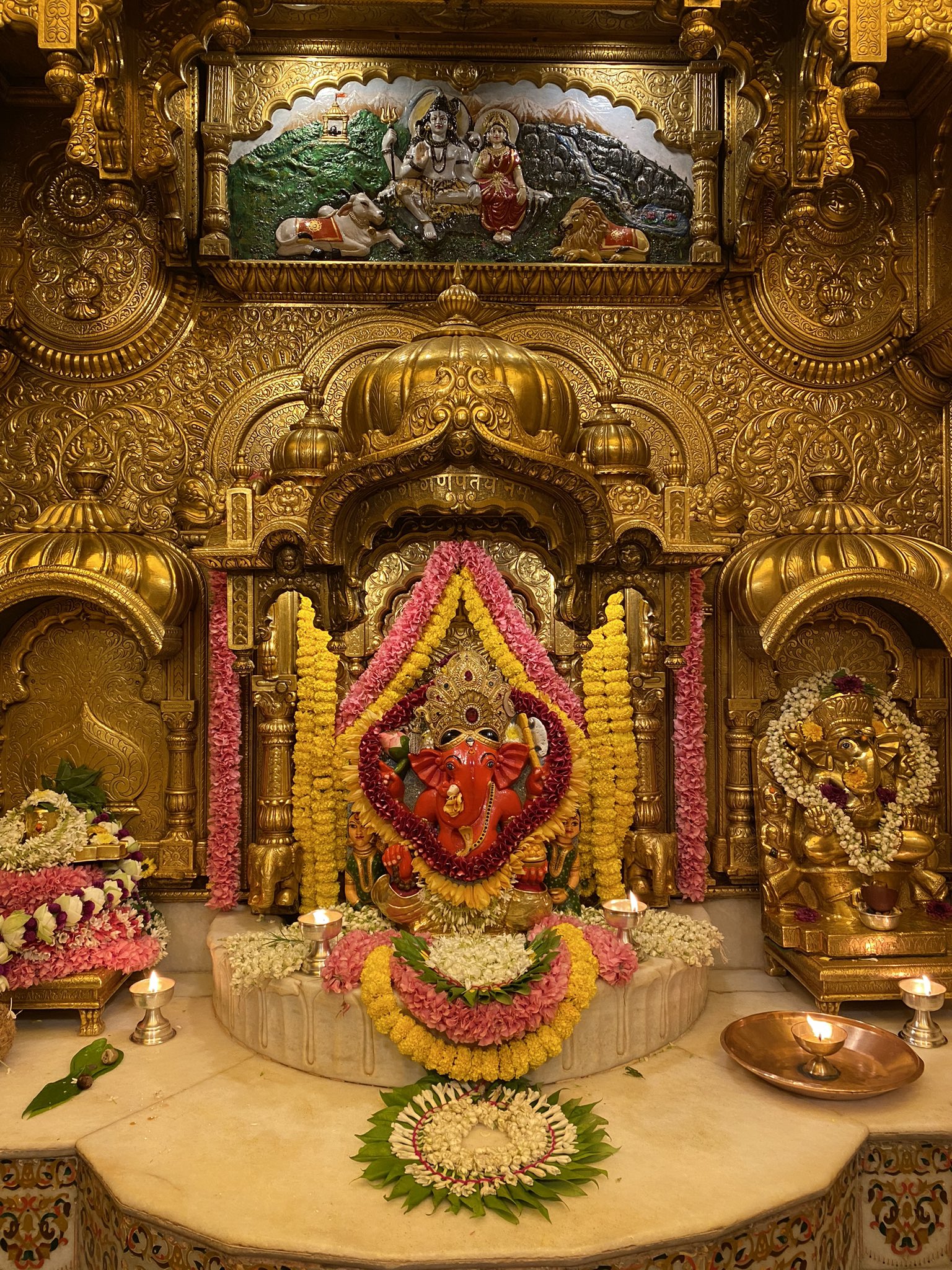
Located in Prabhadevi area of Mumbai, the Siddhivinayak Temple, built in 1801 by Laxman Vithu Patil and Deubai Patil, is the most famous Ganapati temple in India. During the annual Ganesh Chaturthi festival, the temple attracts countless devotees from India and abroad.
Moti Dungri Temple
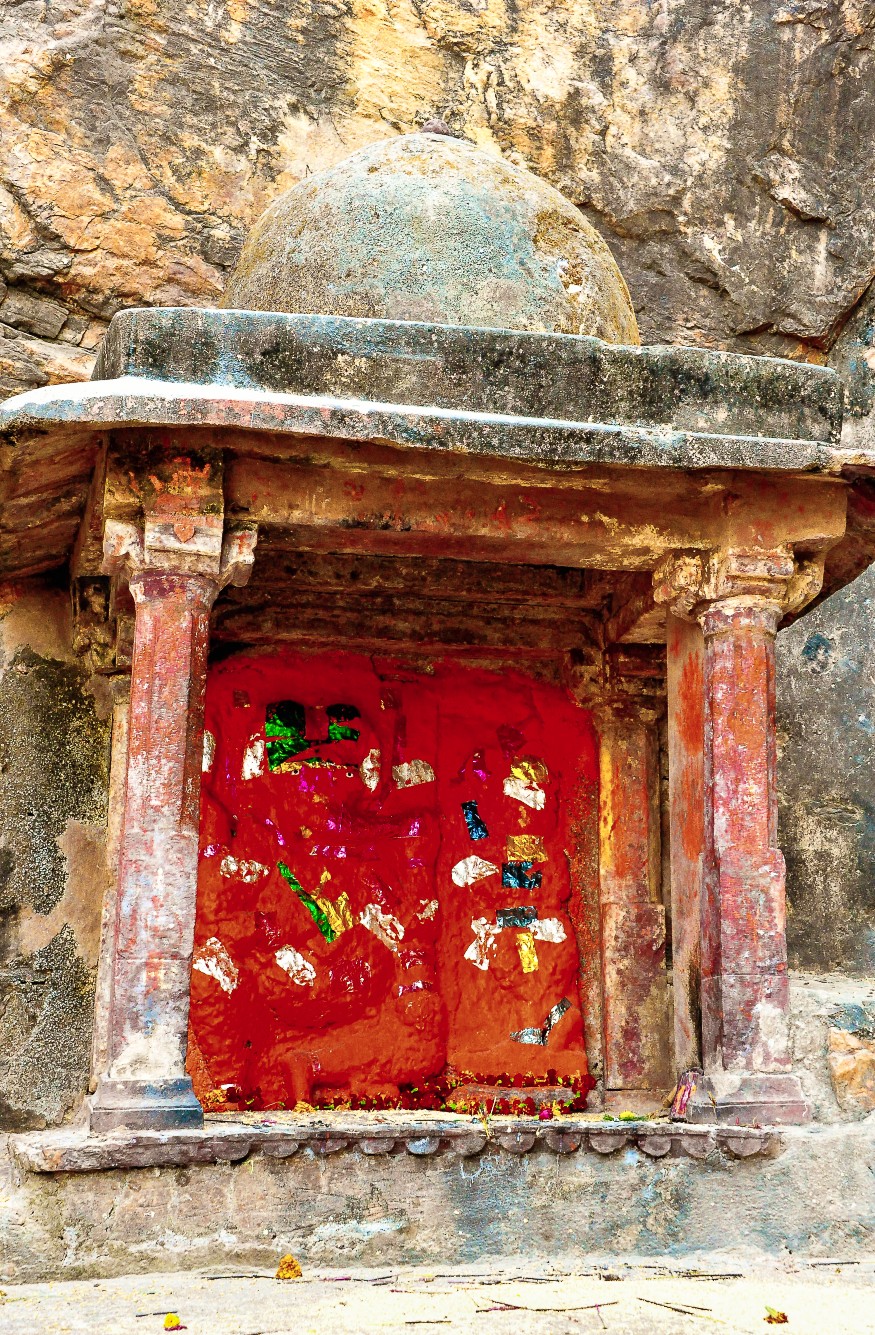
Built in 1761, the Moti Dungri temple complex in Jaipur, Rajasthan is one of the most revered and popular Ganesha temples in India. It houses a Ganpati idol brought from Gujarat, believed to be over half a century old. The temple and the idol were established by one Seth Jai Ram Paliwal.
Mayureshwar Temple
Part of the Ashtavinayak Temples or the eight Ganesha temples in Maharashtra, the Mayureshwar Temple is situated in Moregaon, Pune. It is where the Ashtavinayak pilgrimage begins and ends. The Mayureshwar Ganpati temple features a Ganpati idol made of black stone with Sindoor applied to it. The temple is believed to have been built somewhere between the 14th to 17th centuries.
Trinetra Ganesh Temple
This Ganesha temple, believed to have been built around 1300 AD, is located inside the historic Ranthambore Fort. Legend says that Lord Ganesha appeared in a dream of King Hammiradeva, the final ruler of the Ranthambore Chauhans and helped him in the war against the Delhi Sultanate.
Pillayarpatti Karpaga Vinayagar Temple
Situated in Tirupattur, Tamil Nadu, the cave temple is believed to have been built by the Pandya dynasty of Madurai in the 7th century. The temple and the Ganesha idol are carved from rocks and the idol has only two hands, not the usual four.











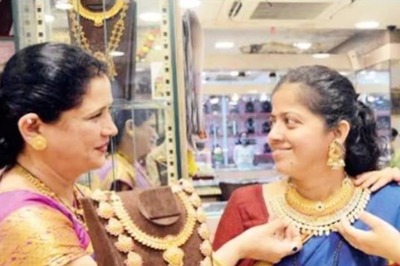




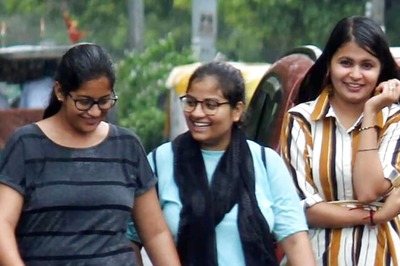


Comments
0 comment